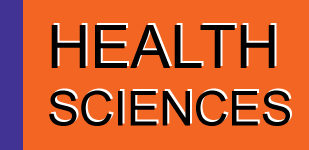Gintautas Gumbrevičius
Abstract
Summary
Objective. Stroke is one of the leading causes of death and disability both globally and in Lithuania, however it is a preventable and treatable disease. Our aim was to analyze stroke care in terms of emergency medical services (EMS), diagnostic and pharmacotherapy possibilities in everyday clinical practice and adherence to national guidelines. Material and methods. It was a retrospective study of the clinical records of two hospitals (A and B) located in Lithuania within a six months period. For the further statistical analysis, the data of case histories, modes of referral, pharmacotherapy and outcomes were registered for every patient, discharged with a diagnosis of ischemic stroke, chronologically. Results. We collected the data of a total of 339 patients (150 (44.3%) men, 189 (55.7%) women). EMS was used by 48.5% and 42.9% of the patients who arrived at hospital A and B respectively. An estimated median arrival delay was 7 h 40 min and 8 h. Within 3 h arrived 21.05% and 23.81% of the patients. Cranial CT was performed on the first day to 33.3% and 86.9% (p<0.01), and within 48 hours acetylsalicylic acid was given to 53.2% and 64.3% of the patients. Thrombolytic therapy was not given at any hospital. Estimated mortality rates were 14.6% and 13.7%. Conclusions. The main reasons for exclusion from thrombolysis were delays, when patients were referred via other than EMS, or hospital had no 24/7 neuroimaging possibility. To achieve future improvements, still much has to be done to establish well-organized, evidence-based stroke care.
Keyword(s): ischemic stroke, guidelines, pharmacologic treatment, thrombolysis, outcomes.
DOI: 10.5200/112
Full Text: PDF
